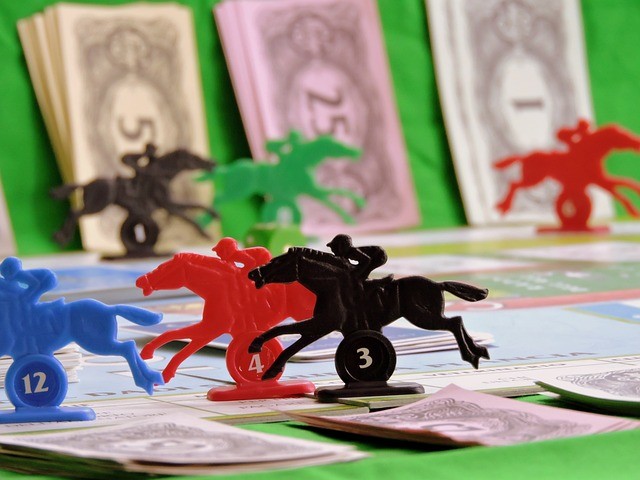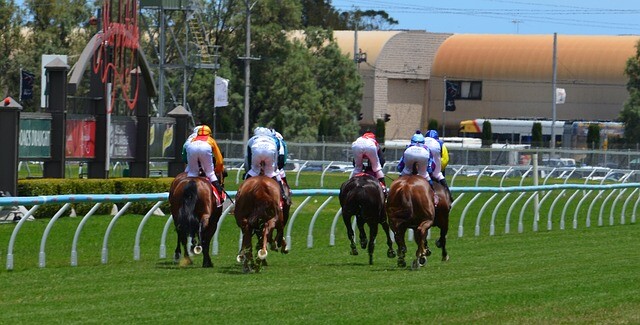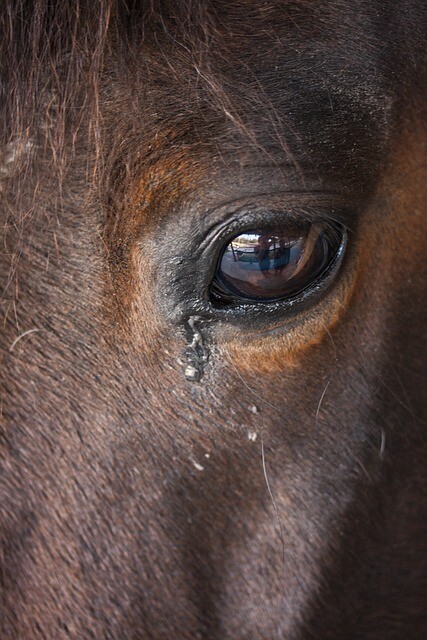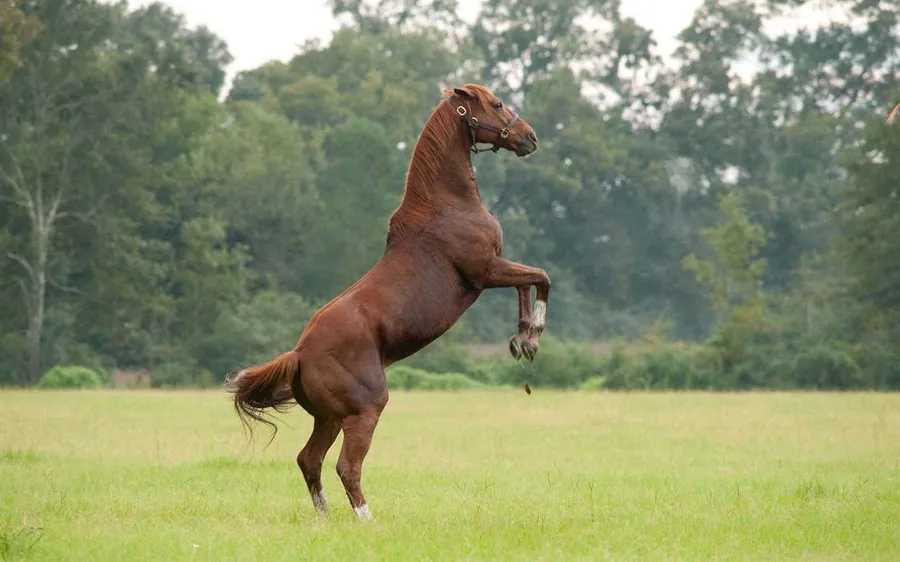How Casino Strategies Can Improve Your Horse Betting Game
 Ever thought your blackjack skills could help at the racetrack? You’re not alone. Many are finding that casino strategies can enhance their horse betting. Casino games and horse racing have more in common than you might think.
Ever thought your blackjack skills could help at the racetrack? You’re not alone. Many are finding that casino strategies can enhance their horse betting. Casino games and horse racing have more in common than you might think.
Techniques like risk management and probability analysis from casino games are useful in horse betting. These skills can lead to smarter bets and possibly bigger wins. Even those who play at a zimpler casino are finding their experience beneficial for racing.
Let’s look at how casino gambling techniques can improve your horse betting. Whether you’re experienced or new, these strategies could give you the advantage you seek.
Understanding the Crossover Between Casino and Horse Betting
Casino games and horse betting have a lot in common. Both need careful planning and understanding of chances. By learning from these similarities, bettors can improve their strategies in different gambling areas.
Risk Management Techniques from Casino Games
Casino games teach us a lot about managing risks. Experienced players use bankroll management to keep their money safe. These strategies work well in horse betting too, helping bettors make better choices.
It’s important to set limits on losses and stick to a budget. These skills are useful in both casinos and racetracks.
Probability Analysis in Both Domains
Understanding chances is crucial in both casino games and horse racing. In casinos, knowing the odds helps players make smart choices. Horse bettors use past results to guess their chances of winning.
This focus on numbers and stats can lead to better betting in both places.
Psychological Aspects of Gambling and Betting
Gambling psychology is key in making decisions. Casinos and racetracks test our emotional control. It’s important to manage excitement, disappointment, and the urge to keep betting after losing.
These skills, learned in one place, can help with disciplined betting in another.
Online casino tips often focus on specific games. But the lessons learned apply widely. By understanding these connections, bettors can develop a more effective approach to gambling.
How Casino Strategies Can Improve Your Horse Betting Game
Casino betting strategies can really help your horse racing bets. By using these tactics, you can make better choices at the racetrack. One important strategy is managing your bankroll. This means setting clear limits on how much you bet to avoid spending too much.
Knowing the odds is key in both casino games and horse racing. Learning this skill helps you find good bets and could boost your winnings. Many zimpler and brite casino players at britekasinot.fi use this method, and it works well for horse betting too.
Spotting patterns is another useful skill from casino games that applies to horse racing. By looking at past races and track conditions, you can find trends that might affect the outcome. This can help you make more winning bets.
Using these strategies takes discipline and patience. Remember, while they can up your chances, there’s no sure win in gambling. Always bet responsibly and within your budget, whether at a zimpler casino or the racetrack.
Implementing Casino-Inspired Tactics in Horse Racing Wagers
Ready to improve your horse racing bets? Let’s explore smart betting tactics inspired by recommended online casinos. First, set a budget, just as you would at a blackjack table. This helps manage your money and keeps the excitement alive without overspending.
Then, use probability analysis in your horse racing strategies. Study form guides and track conditions, like a poker player reads their opponents. This deep dive into data can give you an edge when placing bets.
Lastly, remember the psychological side of gambling. Stay calm, avoid chasing losses, and know when to stop. These mental skills, learned in casinos, are just as important at the races.
While discussing strategy, it’s good to know that many online casino tips also work for horse betting. Look for trusted platforms, understand the odds, and gamble responsibly. With these strategies, you’re ready to make better choices at the races.
 The Ladbrokes Champion Chase, formerly the James Nicholson Wine Merchant Champion Chase, is, as the name suggests, a Grade 1 steeplechase run over three miles at Down Royal Racecourse, near Lisburn, Northern Ireland in late October or early November. The race is a latter-day addition to the Irish National Hunt calendar, having been inaugurated, over a furlong further, in 1999, before being shortened to the current distance a year later.
The Ladbrokes Champion Chase, formerly the James Nicholson Wine Merchant Champion Chase, is, as the name suggests, a Grade 1 steeplechase run over three miles at Down Royal Racecourse, near Lisburn, Northern Ireland in late October or early November. The race is a latter-day addition to the Irish National Hunt calendar, having been inaugurated, over a furlong further, in 1999, before being shortened to the current distance a year later. Befitting the most prestigious race run in Europe, the Prix de l’Arc de Triomphe is designed to bring together the best middle-distance horses from around the world. Subject to a weight-for-age allowances, for three-year-olds, and a weight-for-sex allowance, for fillies and mares, horses compete on equal terms, unpenalised for previous victories. Consquently, runaway winners of the “Arc” are something of a rarity, although three horses collectively hold th record for the widest winning margin, which currently stands at six lengths.
Befitting the most prestigious race run in Europe, the Prix de l’Arc de Triomphe is designed to bring together the best middle-distance horses from around the world. Subject to a weight-for-age allowances, for three-year-olds, and a weight-for-sex allowance, for fillies and mares, horses compete on equal terms, unpenalised for previous victories. Consquently, runaway winners of the “Arc” are something of a rarity, although three horses collectively hold th record for the widest winning margin, which currently stands at six lengths. Naming a racehorse sounds easy, right? Just pick a cool name, and you’re done. Well, not exactly. There are a bunch of rules to make sure no two racehorses share the same racing name. It’s not just the birth name, like Secretariat’s “Big Red,” but the official name used in horse racing.
Naming a racehorse sounds easy, right? Just pick a cool name, and you’re done. Well, not exactly. There are a bunch of rules to make sure no two racehorses share the same racing name. It’s not just the birth name, like Secretariat’s “Big Red,” but the official name used in horse racing.